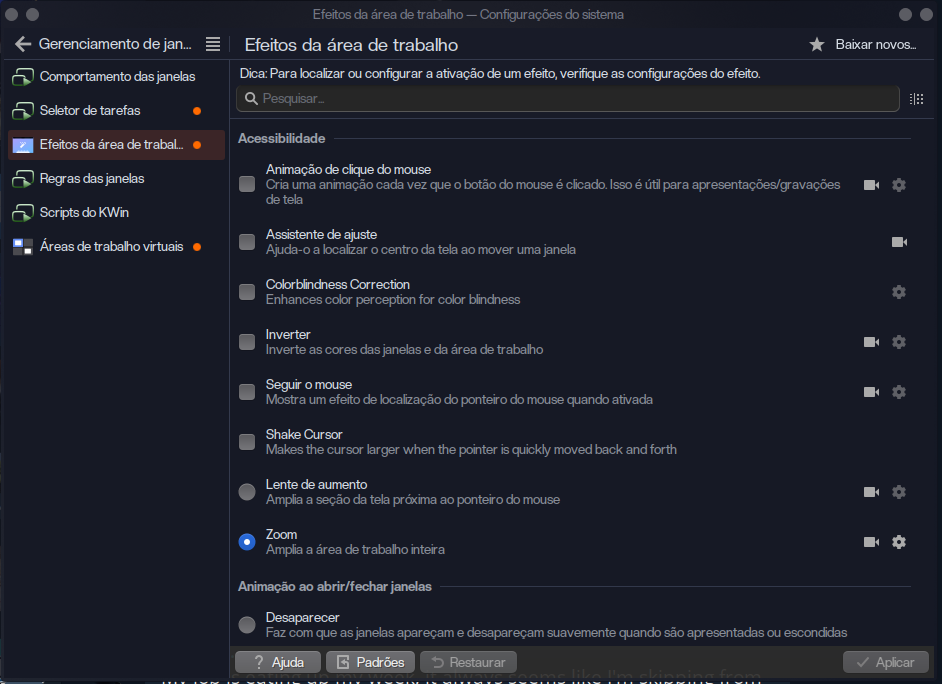Linux Questions
1149 readers
25 users here now
Linux questions Rules (in addition of the Lemmy.zip rules)
- stay on topic
- be nice (no name calling)
- do not post long blocks of text such as logs
- do not delete your posts
- only post questions (no information posts)
Tips for giving and receiving help
- be as clear and specific
- say thank you if a solution works
- verify your solutions before posting them as facts.
Any rule violations will result in disciplinary actions
founded 1 year ago
MODERATORS
51
52
53
54
55
11
Turnkey ready immutable distribution to server podman containers for headless raspberry pi 4?
(self.linuxquestions)
56
57
58
59
60
61
62
63
64
65
66
67
68
69
70
71
72
73
74
75

